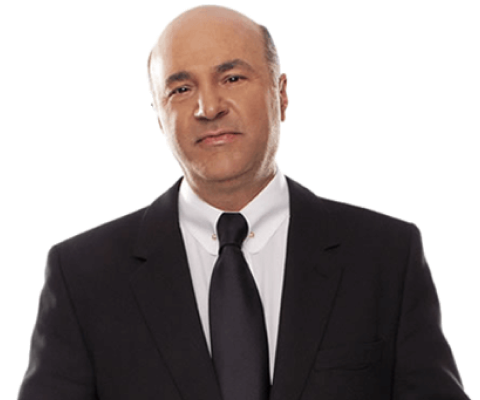Dividing a USPTO Trademark Application
In this video, I will first explain what division of a trademark application is, and then I'll explain why you would wanna do that.
When you file a trademark application that covers multiple products and services, maybe even multiple classes of goods and services, and you got varying results as to the registerability of your brand for all of those products and services, you may want to divide your trademark application into two, so that some of them, which are ready to be registered, go and get registered so you can get your trademark registration certificate, and the rest of them will remain pending as an application. There are two reasons why you'd wanna do that.
The first reason is when your trademark application was allowed for all products and services, but your problem is that you're only using that trademark for some of those products and services, not all of them. In the US, your trademark won't register until you started using it for all products and services listed in your trademark application. If you really wanna get that certificate for at least something, the solution would be to divide your application to put all the goods and services that you're already using into one application, get that one registered, and keep the other one pending until you can file a statement of use showing that you already commenced using that trademark for the remaining products and services.
The other reason why you wanna divide a trademark application in the US would be if you filed your application and the trademarks office found something they don't like about it. They issued an office action that lists objections to your trademark application and their objections don't cover everything. They cover something. They cover specific products and services that maybe are too descriptive, or they're too confusingly similar to some other brand, or there's some other reason. Again, their objections only relate to specific products and services. You may want to divide your trademark application so that the problematic products and services remain in one trademark application, and everything else that's good to go, will be subject to a separate trademark application, so that would be approved, and that would be then allowed and registered. Those are the strategies.
There's one more thing that I should mention. You should be very strategic about dividing your trademark application in both these scenarios. For example, if you are not planning to start using your trademark for all of those products and services in nearest future, maybe there is no point in dividing your trademark application into the products that you're already using and those that you haven't started. Because if you're not planning to start using them, it's easier to just delete those unused products and services from your existing trademark application, let that one register, and say goodbye to the ones that you thought you'd start using, but decided not to.
Same idea for the problematic scenario when you've got an office action against some products and services. If you're not planning to respond to that office action if you don't have a good argument if you don't wanna bother with arguments to convince the trademarks office why those other products and services should go through. Again, it's easier to just remove them from your trademark application and the ones that the trademarks office was okay with, they will be approved right away.
Again, be very strategic in understanding why you're dividing. The purpose of the division is to get something through and let the rest remain on a pending trademark application, again that you're planning to do something with.












